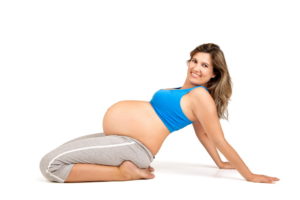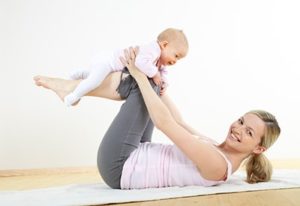PERSONAL TRAINING
Personal training comes in as many varieties as there are people. It is individual in scope and the trainer develops a program specifically tailored to the person’s overall goals and objectives. There really is no one-size-fits-all approach to personal fitness. That’s why people purchasing all these various programs on DVD don’t work for everyone. Aside from people having varying degrees of commitment and endurance, people have just as many different abilities, metabolisms, hindrances and other conditions that all play a role in what results they’ll get from any one particular program. And with nobody there to help make adjustments to the program and motivate them, failure is unfortunately the typical result.
At Fit Life, we put the “personal” back into personal training. No two workouts are ever the same. We listen to your goals and desires. We explore things you’ve tried in the past – likes and dislikes. We learn about any potential issues regarding medical conditions or other concerns that might impact your training regimen. When all the information has been gathered, we’ll put together a customized plan just for you. And it’s not like this is a once and done procedure. We will be continually monitoring your progress over time and make adjustments to your program as necessary.
A couple examples of specialized personal training we cover here at Fit Life include sports-specific conditioning and pre/post natal exercise.
Pre/Post Natal Exercise


During a pregnancy period a lot of stress is put on the muscle on the lower back due to the heavy weight being carried. Exercise and stretching can be extremely important to increase strength and reinforce the body structure for the extra weight.
During the second trimester (weeks 13-28) the unpleasant symptoms from the first trimester should have settled down and the mother will start to feel a renewed level of energy. The biggest change during this period will be the growth of the ‘bump’. As the baby grows the mother should notice a change in her body position and posture. The extra weight occurs at the front of the body, the hip and back joints will take the strain. The posture will shift as the lower back muscles tighten and take an exaggerated curvature. The abdominal muscles will stretch and strain to adapt to the growing baby. During this time it will be extremely beneficial to perform exercises to help strengthen weakened abdominal and pelvic floor muscles, in order to reduce the strain on the lower back.
